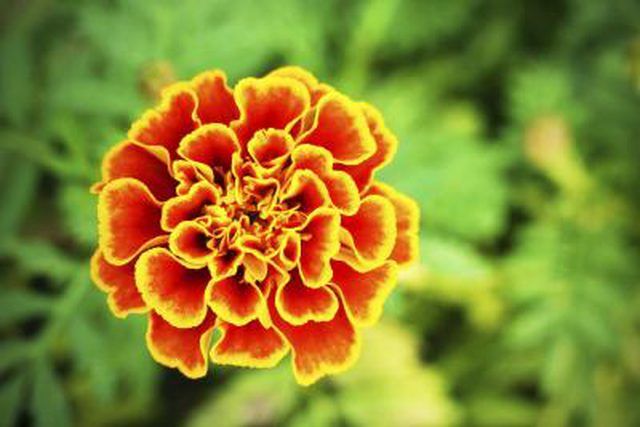Bulbs
Flower Basics
Flower Beds & Specialty Gardens
Flower Garden
Garden Furniture
Garden Gnomes
Garden Seeds
Garden Sheds
Garden Statues
Garden Tools & Supplies
Gardening Basics
Green & Organic
Groundcovers & Vines
Growing Annuals
Growing Basil
Growing Beans
Growing Berries
Growing Blueberries
Growing Cactus
Growing Corn
Growing Cotton
Growing Edibles
Growing Flowers
Growing Garlic
Growing Grapes
Growing Grass
Growing Herbs
Growing Jasmine
Growing Mint
Growing Mushrooms
Orchids
Growing Peanuts
Growing Perennials
Growing Plants
Growing Rosemary
Growing Roses
Growing Strawberries
Growing Sunflowers
Growing Thyme
Growing Tomatoes
Growing Tulips
Growing Vegetables
Herb Basics
Herb Garden
Indoor Growing
Landscaping Basics
Landscaping Patios
Landscaping Plants
Landscaping Shrubs
Landscaping Trees
Landscaping Walks & Pathways
Lawn Basics
Lawn Maintenance
Lawn Mowers
Lawn Ornaments
Lawn Planting
Lawn Tools
Outdoor Growing
Overall Landscape Planning
Pests, Weeds & Problems
Plant Basics
Rock Garden
Rose Garden
Shrubs
Soil
Specialty Gardens
Trees
Vegetable Garden
Yard Maintenance
Marigold Flower Information
Marigold Flower Information. For many gardeners, marigolds (Tagetes spp.) evoke memories of their first experience growing flowers from seeds. These dependable, easy-care annuals continue to delight new generations. Native to the Americas, marigolds traveled to the Eastern Hemisphere to pick up their common names and popularity. Though 40 species...

For many gardeners, marigolds (Tagetes spp.) evoke memories of their first experience growing flowers from seeds. These dependable, easy-care annuals continue to delight new generations. Native to the Americas, marigolds traveled to the Eastern Hemisphere to pick up their common names and popularity. Though 40 species exist, two are behind most marigold varieties in the United States -- the center of marigold breeding.
Marigold Types
Classically compact, French marigolds (Tagetes patula) range from yellow to mahogany red -- with bicolors, oranges and golds between. From simple singles to carnationlike doubles, they grow 6 to 14 inches tall with 1- to 2 1/2-inch blooms. African marigolds (Tagetes erecta) carry 3- to 4 1/2-inch flowers on stems up to 40 inches tall. Always solid colors and never mahogany, these excellent cut flowers span white to orange. Hybrid marigolds (Tagetes x hybrida) from these two parents combine their best traits. The sterile cultivars produce no seeds and focus on prolific blooms instead. Hybrids grow 10 to 16 inches tall with 2- to 2 1/2-inch blossoms in all their parents' colors and forms.
Easy-Growing Blooms
Marigolds didnít become garden favorites by being fussy flowers. They do best in poor soil, as long as itís well-drained. The large seeds of French marigolds can be seeded directly in your warm, moist garden as soon as soil reaches 70 degrees Fahrenheit. Theyíll sprout within days, and youíll have seedlings in two weeks. Depending on the variety and your weather, cheery blooms appear four to 10 weeks after that. African marigolds prefer an early start and do best from transplants or started indoors six to eight weeks before moving outside. Transplant on an overcast day, after danger of frost has passed.
Unwanted Garden Guests
Tales abound of marigolds repelling deer, rabbits and other pests. Researchers have yet to substantiate those claims, but marigolds do repel something more sinister. Root-knot nematodes are microscopic, soil-dwelling worms that plague popular garden vegetables. They leave roots of tomatoes (Lycopersicum esculentum) and other crops in knobby, infected messes. Some French marigold cultivars produce root chemicals that reduce harmful nematodes in and around marigold roots. The key isnít planting marigolds next to tomatoes but planting them the season before. Marigolds must be in the garden for at least two months and then tilled into the soil. Nematode-fighting cultivars include "Tangerine," "Goldie," "Petite Gold," "Petite Harmony" and the aptly named "Nema-gone."
Marigold Pests and Disease
Spider mites often infect marigolds stressed by hot, dry, dusty weather. Fight mites with a strong water blast and rinse off dusty marigolds. Shower your flowers in early morning so foliage dries by night. If mites persist, use ready-to-use insecticidal soap. Spray well so mites and soap make contact. Leafhoppers transmit aster yellows, a disease that leaves marigolds pale and stunted, with failing buds. Infected plants should be destroyed. The fungal disease botrytis bothers marigolds during cool, moist weather near seasonís end. Spread by wind and water, the gray mold spores cause brown, dying marigold petals. Removing affected flowers helps limit the spread.